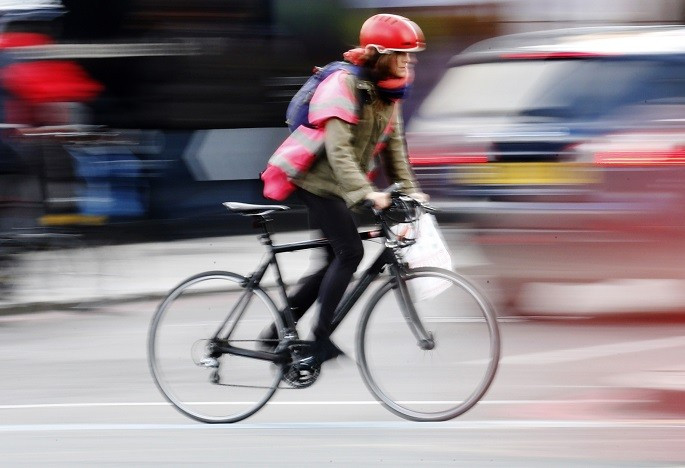Cyclists getting more time at traffic lights in Transport for London trial scheme

London cyclists are to be given shorter wait times at traffic lights thanks to a technological innovation. Thermal imaging cameras will monitor numbers of cyclists and lengthen green phases if there are significant numbers waiting. The red light phase will be extended for traffic proceeding in other directions.
Yesterday saw the start of trials in east London. Cable Street in the East End and Cycle Superhighway 3, from Barking to Tower Gateway, are the test locations. The trigger numbers for waiting cyclists and the precise timing changes for traffic lights will be determined later in the trial.
The trial will also see radar detectors being installed as alternatives to thermal cameras. Transport for London aims to have the system fully operational by next year.
TfL is also set to assist cyclists by installing miniature traffic lights at eye level.
Commuter cycling in London is at its highest level since record keeping began in 2000, according to figures released this week. There are 610,000 journeys a day and casualty numbers have reached record lows. Even so, 13 cyclists died in the capital in 2014 and there have been six fatalities so far this year.
The figures also indicate that more women are cycling. British Cycling, the sports administrative body for cycling, announced yesterday that 254,000 more women had begun cycling regularly since 2013 – a 50% increase.
Meanwhile, Dame Sarah Storey, the paralympic cycling champion, criticised the Prime Minister following news that £23m is to be cut from £114m of funding earmarked for improving cycling safety in eight British cities.
"[He should be] using cycling as a way of saving money in other areas of his budget," she said, citing "a huge amount of waste" in the NHS budget because of unfit individuals.
© Copyright IBTimes 2025. All rights reserved.





















